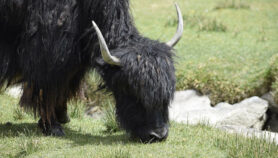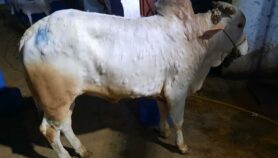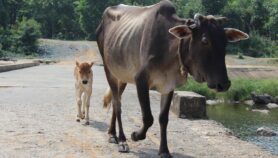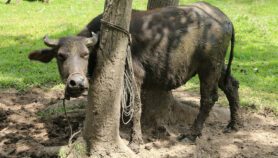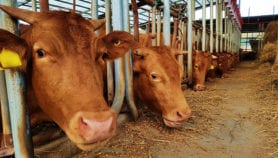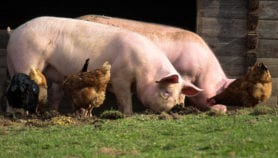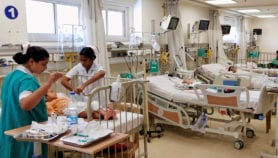01/02/21
African swine fever decimates Philippine pig stocks
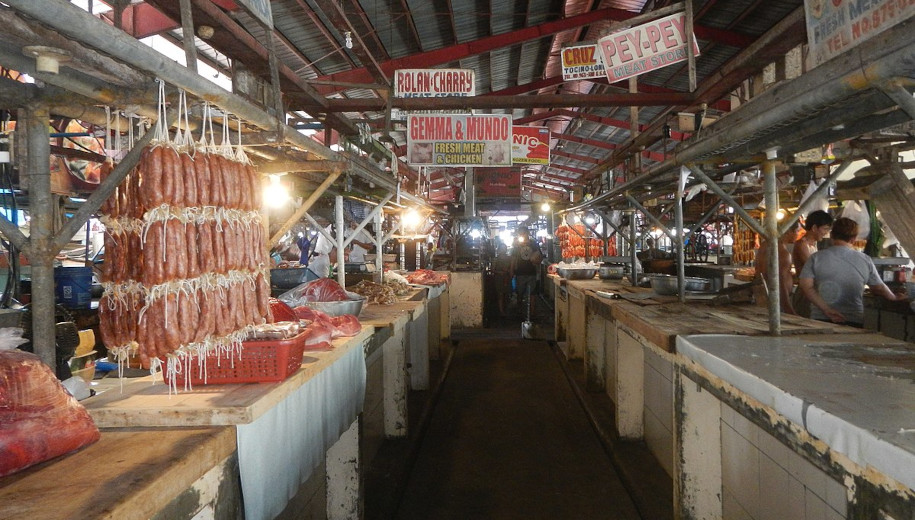
By: Melanie Sison
Send to a friend
The details you provide on this page will not be used to send unsolicited email, and will not be sold to a 3rd party. See privacy policy.
[MANILA] African swine fever (ASF) sweeping through the Philippines has wiped out over a third of the country’s pig stocks, threatening food security in a country already reeling from the economic impact of the COVID-19 pandemic.
A source requesting anonymity tell SciDev.Net that the Department of Agriculture has underestimated the devastation caused by the ASF virus, which has resulted in severe shortages of pork, an important part of the Filipino diet. The source says this has led to a rise in prices of many food items.
“The official figures of 431,000 cited by the Department of Agriculture as the number of hogs culled during the infestation period is an underestimation,” says the source. “Private industry hog raisers estimate that the actual figure is around 4.7 million heads affected by ASF, which is over a third (or 36 per cent) of the total population.”
Even breeder stock important for reviving the pork industry that is valued at PHP260 billion (US$4.97 billion), has been decimated by ASF, the source adds. Also, some hog raisers have downsized their pork production to minimise business losses already estimated at US$1.2 billion.
“Such significant losses in production directly contribute to the impoverishment of livestock-breeding families, drastically reducing their opportunities to access health care and education, and sometimes leading to loss in social status,” Monique Eloit, World Organisation for Animal Health (OIE) director general, tells SciDev.Net.
ASF has hit backyard farmers harder than commercial pork producers. “It negatively affects the livelihoods of numerous poor households that depend on pigs as a source of protein and income, as means to capitalise savings, and as ‘safety nets’ during times of hardship,” says Eloit. “Many such farmers have lost or will lose their businesses because of ASF.”
“Since it is impossible to control the disease in the short term without a vaccine, and due to the difficulty of applying strict biosecurity measures, communities are propelled into a downward spiral of sustained poverty,” Eloit adds. The agriculture department has announced the setting aside of US$1.7 million for the development and mass production of locally made ASF test kits, though this may take time.
“Since it is impossible to control the disease in the short term without a vaccine, and due to the difficulty of applying strict biosecurity measures, communities are propelled into a downward spiral of sustained poverty”
Monique Eloit, World Organisation for Animal Health (OIE)
Pork is second only to rice as a source of food energy for Filipino working adults, according to a study published in Nutrients in April 2020. Per capita consumption of pork in the Philippines is 15.2 kilogrammes per capita, higher than world average 11.1 kilogrammes.
Recently, however, pork saw steep increases in price. “The COVID-19 scenario, coupled with the ongoing ASF outbreaks in Luzon and Mindanao and other types of calamities where supply is reduced, causes pork prices to spike, particularly in Metro Manila,” FAO Philippines said in its statement to SciDev.Net.
In January, pork was priced at PHP400 (US$8.30) per kilogramme, a 60 per cent increase from its PHP250 (US$5.20) per kilogramme price six months ago. It is also nearly equal to the minimum daily wage in Metro Manila, which is at PHP537 (US$11.17). The drastic increase in the price of pork has triggered a ripple effect, affecting the price of other meats, vegetables and basic commodities especially chicken which might have been an alternative protein source.
On Monday (1 February), Philippine President Rodrigo Duterte announced a price cap on pork and chicken for the next 60 days. The government earlier said that they are eyeing to triple pork imports to stabilise local supply. But pork producers say that this will disadvantage local farmers.
“Control of ASF poses a challenge, due to the complex epidemiology of the disease, lack of a safe and effective vaccine, increasing globalisation, and high-risk practices that continue in certain farming sectors as well as in trade in live animals and their products,” says Eloit.
“Deadly disease outbreaks will continue as long as animals are packed into filthy pens and feedlots (confined feeding quarters to speed up weight gain). Unless people stop eating meat, we might see ourselves with another pandemic on our hands very soon,” says Jason Baker, senior vice president of PETA Asia, which promotes vegetarianism.
“Farmers in the Philippines can use their land to grow sustainable and healthy crops that don’t threaten any lives,” says Baker. “Filipino shoppers can turn to vegan foods like tofu, which is not only safer and cheaper than meat, but is also packed with protein, contains zero cholesterol, and can lower one’s risk of suffering from heart disease, diabetes, cancer and many other life-threatening health issues.”
This piece was produced by SciDev.Net’s Asia & Pacific desk.





